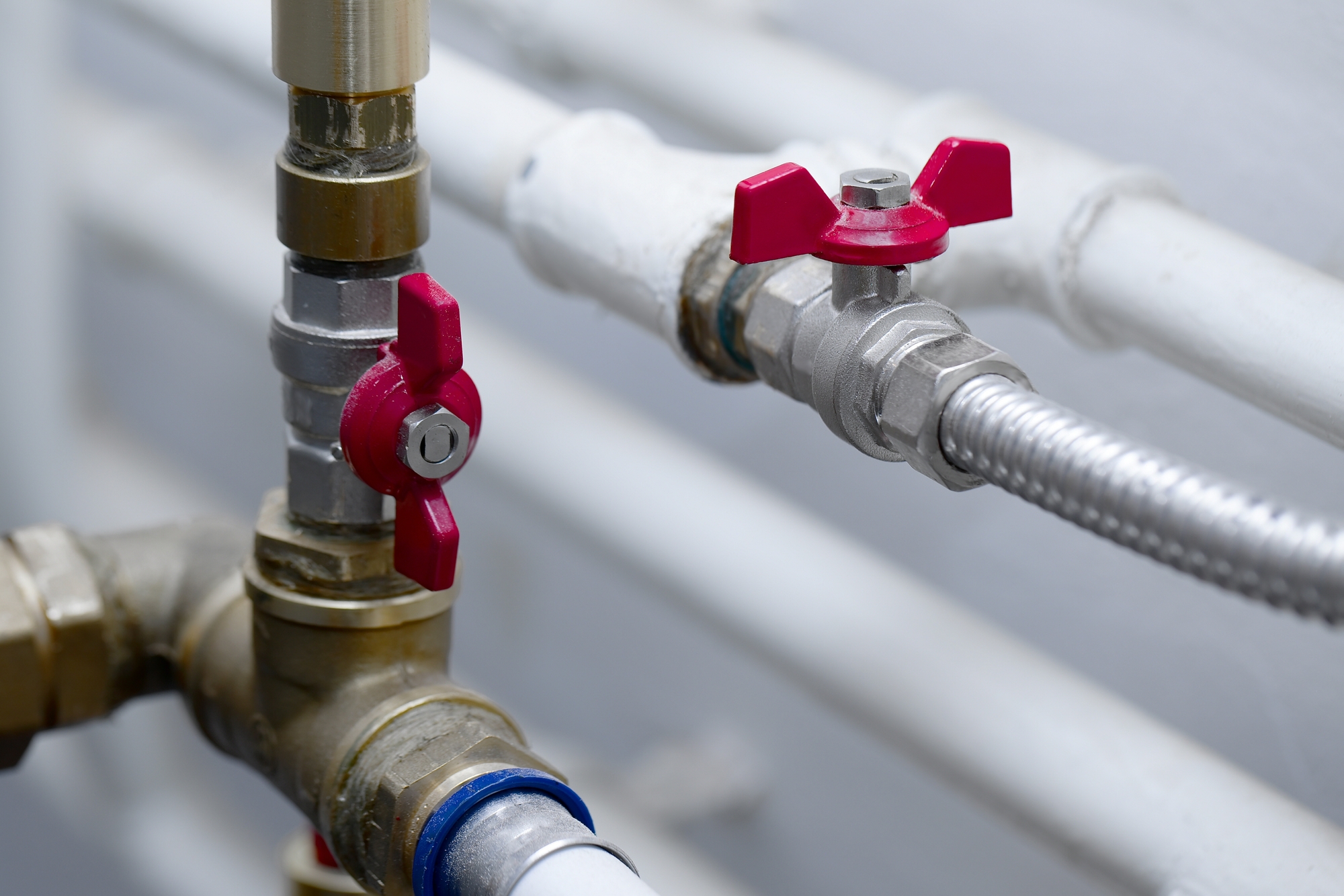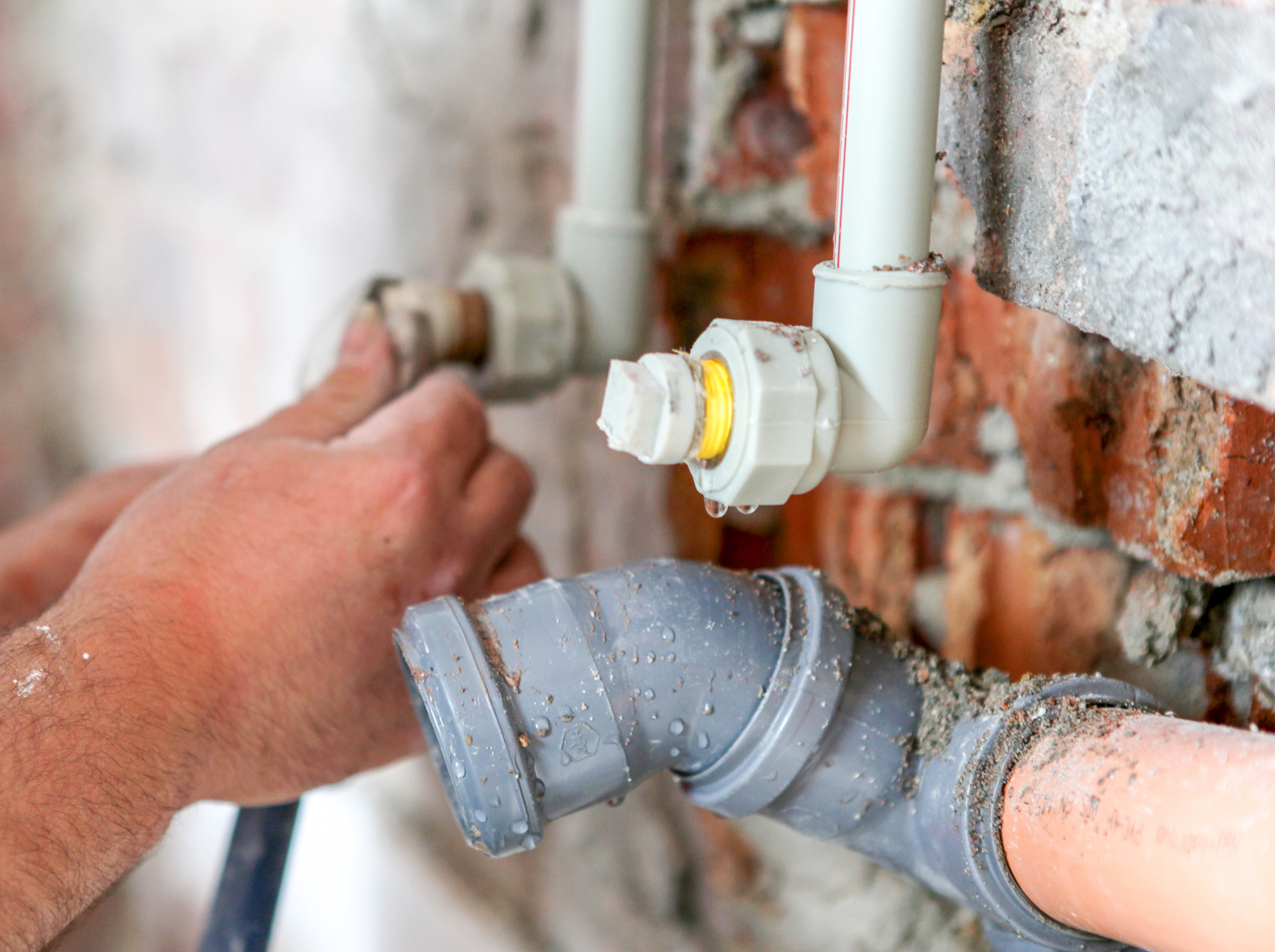The Evolution of Pipe Materials: A Comprehensive Guide to Your Plumbing’s Lifeline
November 1, 2023

If you were to peel back the walls of your home, you’d get a glimpse into the complicated network of pipes that makes up your plumbing system. Like the veins and arteries of the human body, these pipes transport essential resources, such as water and gas, throughout your living space. These pipes are the lifeline of your home, making your daily activities possible. But what exactly are they made of? In this blog post, we’ll delve into the evolution of pipe materials, offering helpful insights for anyone seeking to understand or optimize their home’s plumbing.
This principle remains consistent whether we’re discussing the intricacies of pipe material or decorating a bathroom. To stay within this rule, we’ll break down different types of pipe materials chronologically, including their pros, cons, and ideal usage scenarios.
The first plumbing pipes were built with lead or clay, depending on the location and period. Roman engineers were particularly fond of the former, due to its malleability and resistance to pinhole leaks. However, by the early 20th century, the dangers of lead exposure became widely recognized, shifting the industry toward harmless materials.

Galvanized steel was the next in line. These pipes were sturdy and affordable, quickly becoming a staple in American households post-WWII. However, steel has a natural enemy: rust. Over time, galvanized steel pipes degrade and corrode, leading to rusty water and reduced water pressure, which is why plumbers seldom use them in contemporary installations.
Next up was copper, a durable and corrosion-resistant material. Copper pipes are lightweight, easy to work with, and conduct heat efficiently, making them suitable for water supply lines and radiant heating systems. However, copper is vulnerable to acidic water, which can cause it to corrode over time, and it’s also more costly than alternative materials.
Fast forward to our current time, and you’ll find two main contenders in modern plumbing: PEX (cross-linked Polyethylene) and PVC (Polyvinic Chloride). Both materials are corrosion-resistant, affordable, and easy to install. PEX is flexible and highly versatile, making it a solid choice for water supply lines. PVC, on the other hand, is ideal for waste and vent lines due to its high fluid resistance.

Overall, the evolution of pipe materials is a testament to the plumbing industry’s continuous innovation and commitment to safety. As our understanding of material science deepens, it’s safe to anticipate further advancements in this field.
Now, how does this information provide value? Whether you’re a homeowner, a prospective buyer, or a curious handyman, understanding your home’s plumbing plays a significant role in maintaining and improving your living conditions. Remember that outdated pipe materials can lead to various issues, from minor leaks to catastrophic floods. Always consult with a professional plumber before making any major decisions concerning your plumbing system.
To wrap up, we hope this article sheds light on the often overlooked yet integral world of pipe materials. Plumbing may be hidden behind the scenes, but it’s nevertheless crucial to our daily life. With a keener awareness of our home’s infrastructure, we can achieve safer, more efficient living spaces.
